NES
Have you ever stopped to think about the soul of a Goomba when you crush or burn its body?
Celebrate the 40th (or 41st ) birthday of Nintendo’s game-changing video game console by putting together a perfect paper replica.
38 years ago today, the Famicom everyone knows and loves went on sale, but what about its often forgotten upgrade?
In all its 35 years of existence, we’ve never seen this classic Nintendo Famicom/NES game being played quite like this.
Read More
No one needs to wait their turn to play as Luigi thanks to an epiphany about the Nintendo classic.
Beautiful paintings of glitchy NES screens will star in Tokyo art gallery through December.
Read More
Famicom Mini Weekly Shonen Jump 50th Anniversary Version is all about manga/anime games, but that could spell disaster for North America.
27 years after the first 8-to-16-bit Nintendo video game migration, it might be time to do it all over again, so we called the company to see if they’d give us any more info.
Super Mario Bros. 3, Mega Man 2, Metroid, and Final Fantasy all included in save state-equipped device.
Vietnamese hobbyist Trần Vũ Trúc, using mostly undisclosed programming wizardry, introduced this Firefox browser-based emulator that adds a pixelized 3-D effect to many of the NES’s best games.
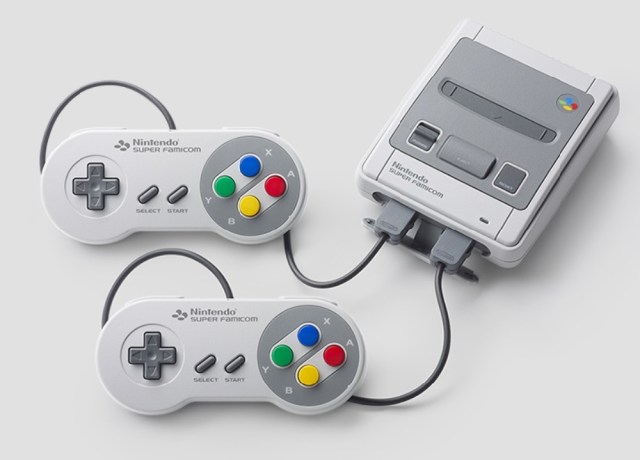
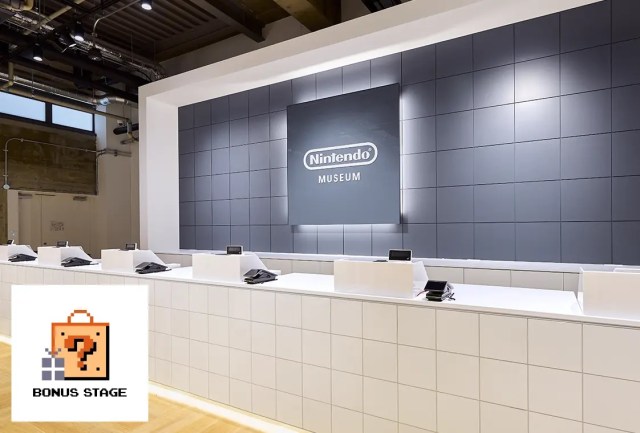
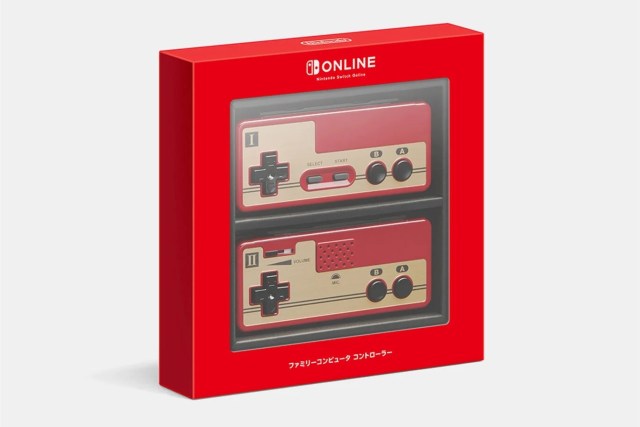
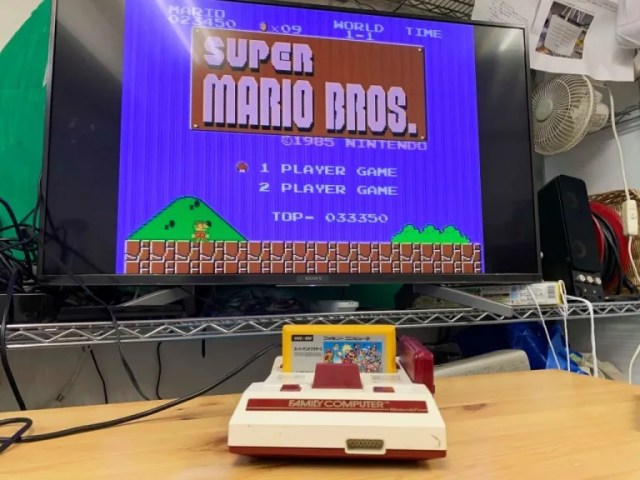
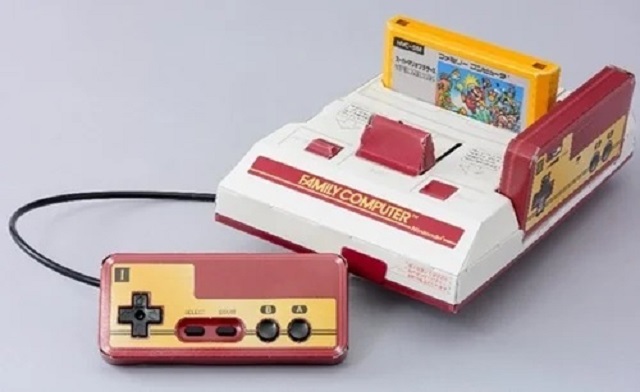

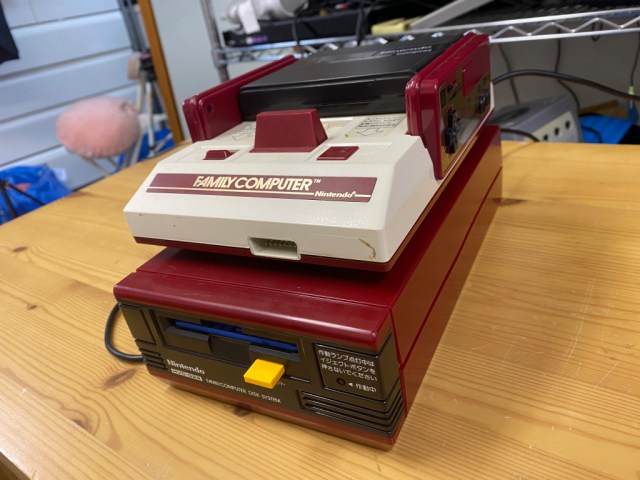
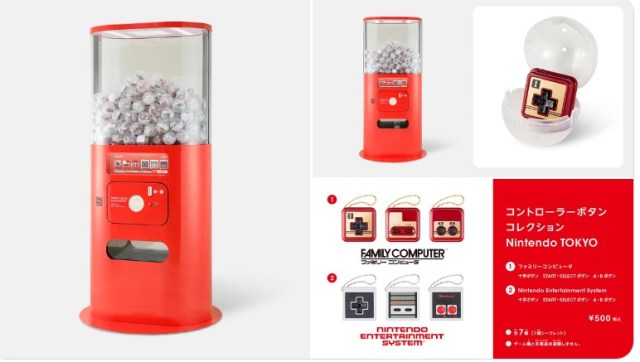
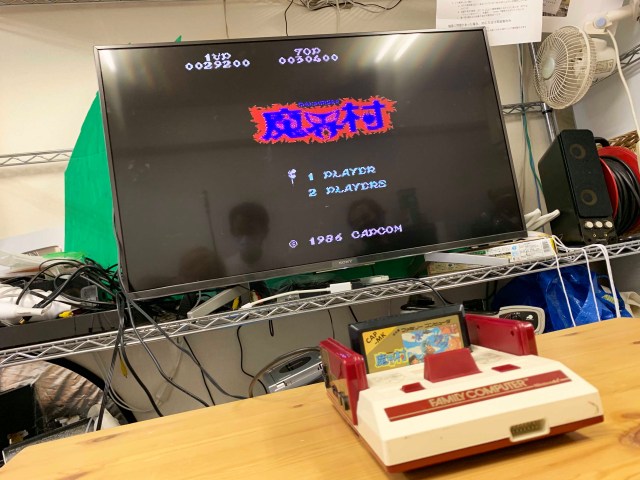
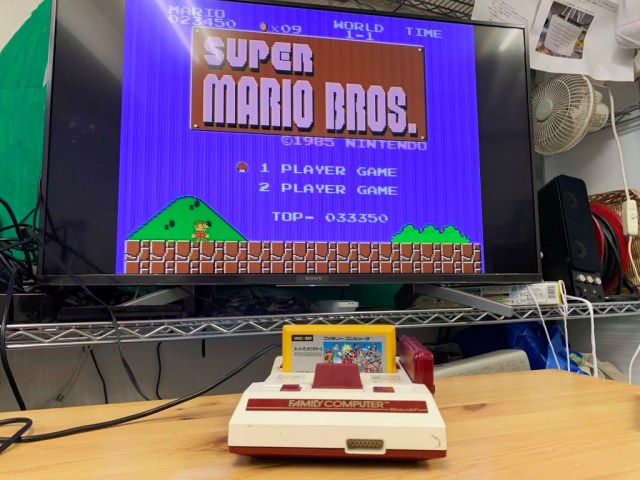
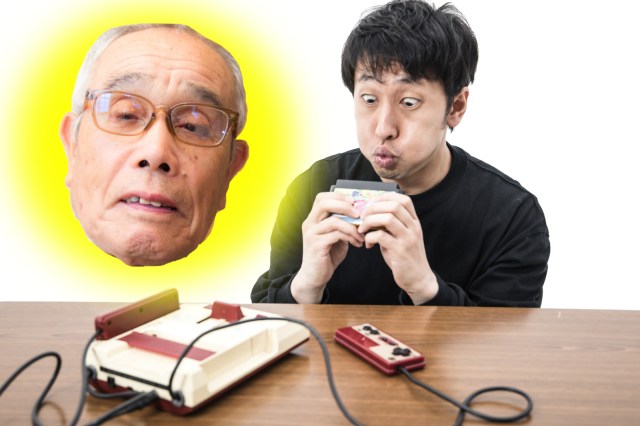
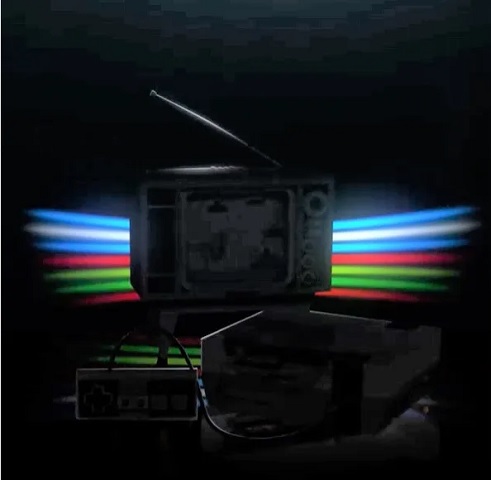
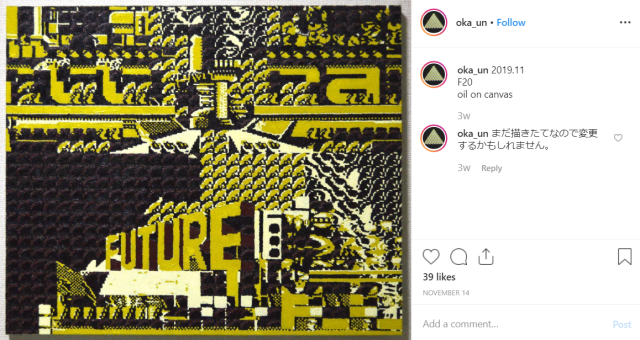
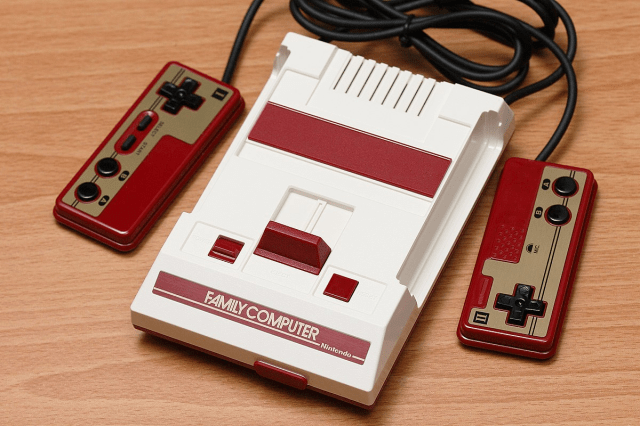
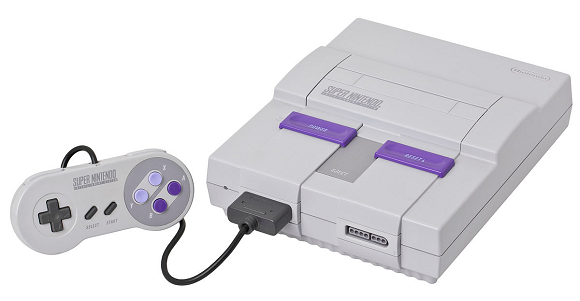
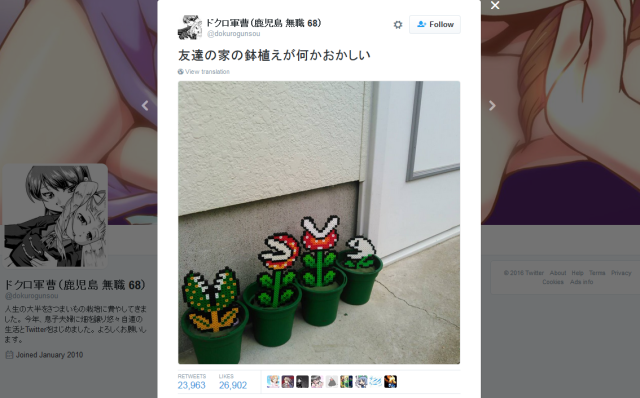
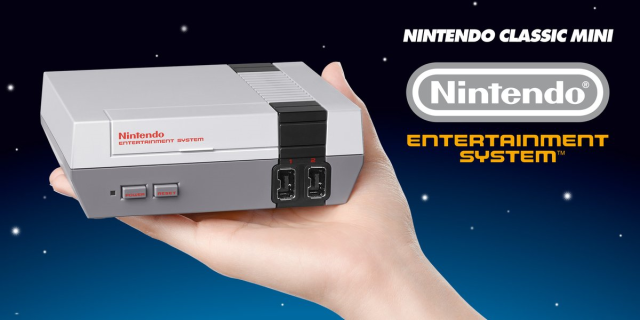
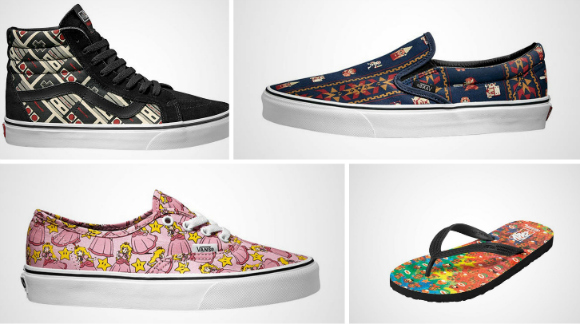
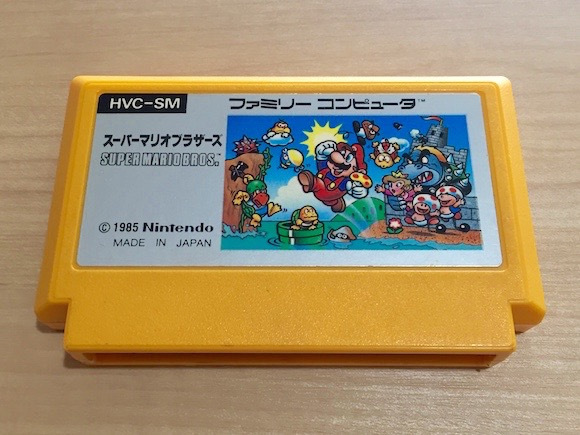
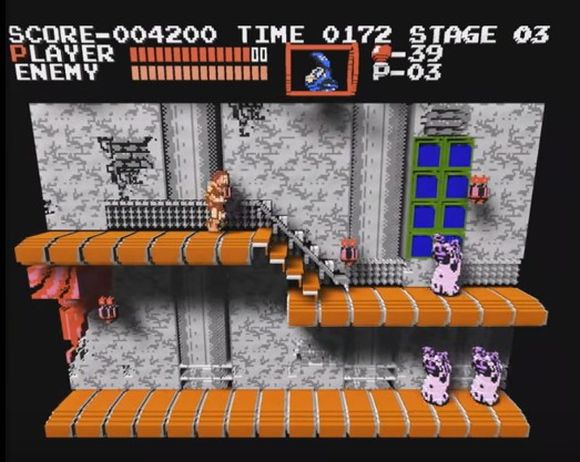
 How to power up the coolest cheap souvenir from Nintendo’s official shop with a trip to Daiso
How to power up the coolest cheap souvenir from Nintendo’s official shop with a trip to Daiso Is downtown Tokyo’s crazy cheap 290-yen bento boxed lunch shop still around, and is it still cheap?
Is downtown Tokyo’s crazy cheap 290-yen bento boxed lunch shop still around, and is it still cheap? Foreign university student missing in Japan, police and consulate ask for help in search
Foreign university student missing in Japan, police and consulate ask for help in search Australian sentenced to prison, judges unconvinced he said “Go to a door” not “This is a robbery”
Australian sentenced to prison, judges unconvinced he said “Go to a door” not “This is a robbery” Line of foreign tourists leads us to Akihabara’s meatiest fatty ramen【Taste test】
Line of foreign tourists leads us to Akihabara’s meatiest fatty ramen【Taste test】 Studio Ghibli releases new mug tumblers featuring anime movie characters
Studio Ghibli releases new mug tumblers featuring anime movie characters Meet the kind Japanese grandpa who takes photos for tourists at the Hachiko statue in Shibuya
Meet the kind Japanese grandpa who takes photos for tourists at the Hachiko statue in Shibuya The new Ranma 1/2 anime is here! So is it worth watching?【SoraReview】
The new Ranma 1/2 anime is here! So is it worth watching?【SoraReview】 Hey, Japanese taxi driver! Take us to the best horror in Tokyo!
Hey, Japanese taxi driver! Take us to the best horror in Tokyo! A visit to the largest Daiso 100 yen shop in all Japan【Photos】
A visit to the largest Daiso 100 yen shop in all Japan【Photos】 Adult Jam Bread causes a stir at store in Tokyo
Adult Jam Bread causes a stir at store in Tokyo Totoro sequel anime Mei and the Baby Catbus will screen at Ghibli Park this winter
Totoro sequel anime Mei and the Baby Catbus will screen at Ghibli Park this winter Tokyo’s downtown Chuo Line now has first-class Green Car carriages for no additional cost to ride
Tokyo’s downtown Chuo Line now has first-class Green Car carriages for no additional cost to ride Totoro, Calcifer, other Ghibli stars returning as humidifiers ahead of Japan’s dry winter days【Pics】
Totoro, Calcifer, other Ghibli stars returning as humidifiers ahead of Japan’s dry winter days【Pics】 Japanese convenience store chain releases new Immoral Konbini Food for a limited time
Japanese convenience store chain releases new Immoral Konbini Food for a limited time Foreign tourist angers locals for doing pull-ups on torii gate at shrine in Japan
Foreign tourist angers locals for doing pull-ups on torii gate at shrine in Japan Tsukemen ramen restaurant becomes a hit with foreign tourists in Tokyo
Tsukemen ramen restaurant becomes a hit with foreign tourists in Tokyo The delicious flavors of Smell, an old-school junkissa coffee shop in downtown Tokyo
The delicious flavors of Smell, an old-school junkissa coffee shop in downtown Tokyo Kyoto losing its luster as a school trip destination as tourist crowds continue to swell
Kyoto losing its luster as a school trip destination as tourist crowds continue to swell Tokaido Shinkansen Sushi Journey Bento takes your taste buds on a trip from Tokyo to Osaka
Tokaido Shinkansen Sushi Journey Bento takes your taste buds on a trip from Tokyo to Osaka Japanese convenience store Family Mart announces abolishment of eat-in spaces
Japanese convenience store Family Mart announces abolishment of eat-in spaces Studio Ghibli releases new insect whistle necklace from Nausicaä of the Valley of the Wind
Studio Ghibli releases new insect whistle necklace from Nausicaä of the Valley of the Wind Starbucks Japan unveils Halloween Frappuccino for 2024, and it’s like drinking a magic spell
Starbucks Japan unveils Halloween Frappuccino for 2024, and it’s like drinking a magic spell Evangelion creator Hideaki Anno returning to anime with new project for 50-year-old franchise
Evangelion creator Hideaki Anno returning to anime with new project for 50-year-old franchise Studio Ghibli releases new Howl’s Moving Castle goods that capture the magic from the anime movie
Studio Ghibli releases new Howl’s Moving Castle goods that capture the magic from the anime movie Right now is the peak time to go to Tokyo’s most-beautiful-view beer garden【Photos】
Right now is the peak time to go to Tokyo’s most-beautiful-view beer garden【Photos】 Pizza Hut adds a “Guilty Secret” sandwich to its menu for a limited time
Pizza Hut adds a “Guilty Secret” sandwich to its menu for a limited time Kyoto becomes City of Yokai, with Night Parade of One Hundred Demons festival this autumn
Kyoto becomes City of Yokai, with Night Parade of One Hundred Demons festival this autumn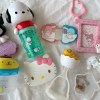 McDonald’s new Happy Meals offer up cute and practical Sanrio lifestyle goods
McDonald’s new Happy Meals offer up cute and practical Sanrio lifestyle goods Foreign tourists on Shinkansen bullet train break suitcase etiquette, angering local passengers
Foreign tourists on Shinkansen bullet train break suitcase etiquette, angering local passengers [Deleted] Article written for April Fool’s Day 2018
[Deleted] Article written for April Fool’s Day 2018 Japanese government to make first change to romanization spelling rules since the 1950s
Japanese government to make first change to romanization spelling rules since the 1950s Foreigner’s request for help in Tokyo makes us sad for the state of society
Foreigner’s request for help in Tokyo makes us sad for the state of society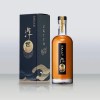 Ghibli founders Toshio Suzuki and Hayao Miyazaki contribute to Japanese whisky Totoro label design
Ghibli founders Toshio Suzuki and Hayao Miyazaki contribute to Japanese whisky Totoro label design Tokyo’s most famous Starbucks is closed
Tokyo’s most famous Starbucks is closed Princesses, fruits, and blacksmiths: Study reveals the 30 most unusual family names in Japan
Princesses, fruits, and blacksmiths: Study reveals the 30 most unusual family names in Japan Doraemon found buried at sea as scene from 1993 anime becomes real life【Photos】
Doraemon found buried at sea as scene from 1993 anime becomes real life【Photos】 Studio Ghibli releases new mug tumblers featuring anime movie characters
Studio Ghibli releases new mug tumblers featuring anime movie characters Meet the kind Japanese grandpa who takes photos for tourists at the Hachiko statue in Shibuya
Meet the kind Japanese grandpa who takes photos for tourists at the Hachiko statue in Shibuya The new Ranma 1/2 anime is here! So is it worth watching?【SoraReview】
The new Ranma 1/2 anime is here! So is it worth watching?【SoraReview】 Hey, Japanese taxi driver! Take us to the best horror in Tokyo!
Hey, Japanese taxi driver! Take us to the best horror in Tokyo! A visit to the largest Daiso 100 yen shop in all Japan【Photos】
A visit to the largest Daiso 100 yen shop in all Japan【Photos】 History’s largest force of Samurai Colonel Sanders deploying to KFC Japan branches
History’s largest force of Samurai Colonel Sanders deploying to KFC Japan branches You don’t have to go all the way to Haneda to find a vending machine that sells airplane meals
You don’t have to go all the way to Haneda to find a vending machine that sells airplane meals Tokyo Space-out tournament draws nearly 100 competitors, finds who’s the best at doing nothing【Video】
Tokyo Space-out tournament draws nearly 100 competitors, finds who’s the best at doing nothing【Video】 Manga artist raises question online about false perspective in Ghibli film My Neighbor Totoro
Manga artist raises question online about false perspective in Ghibli film My Neighbor Totoro Studio Ghibli releases new “Butterflies in the Forest” Totoro towels
Studio Ghibli releases new “Butterflies in the Forest” Totoro towels Necklace thief in India swallows stolen goods, police feed him 40 bananas to make him poop it out
Necklace thief in India swallows stolen goods, police feed him 40 bananas to make him poop it out Haku is…Chihiro’s dead brother? Studio Ghibli fans blown away by Spirited Away theory
Haku is…Chihiro’s dead brother? Studio Ghibli fans blown away by Spirited Away theory